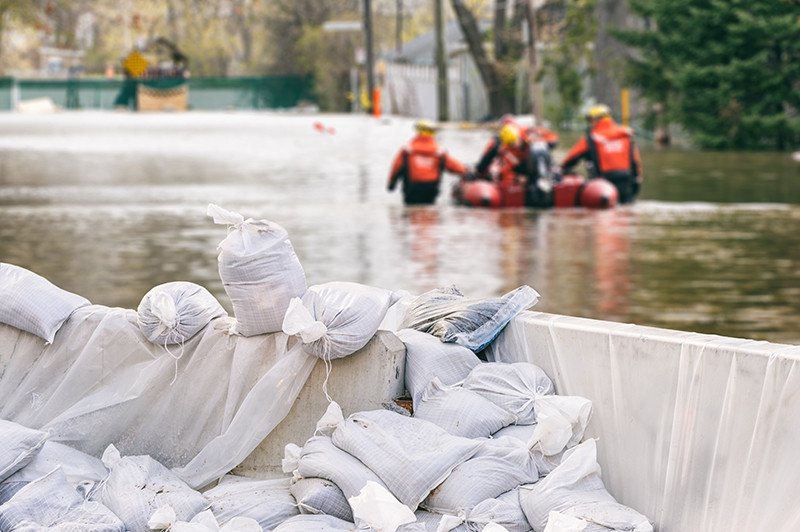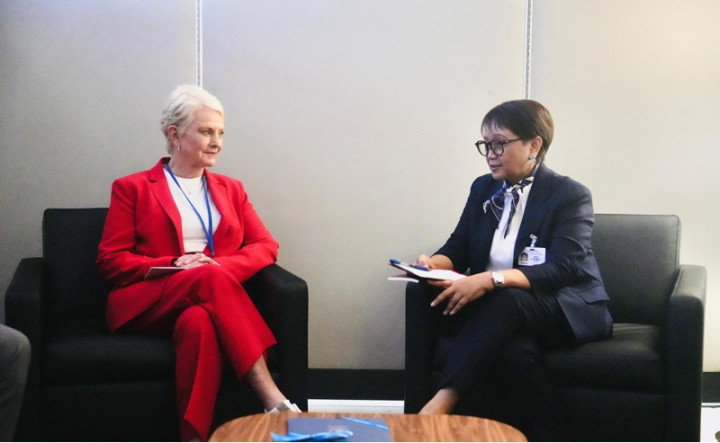Geneva: A report from the United Nations Office for Disaster Risk Reduction (UNDRR) and the World Meteorological Organization (WMO) warns that half of the countries globally are not protected by multi-hazard early warning systems.
The numbers are even worse for developing countries on the front lines of climate change.
Less than half of the Least Developed Countries and only one-third of Small Island Developing States have a multi-hazard early warning system.
The report, Global Status of Multi-Hazard Early Warning Systems - Target G, analyses new data and shows that countries with limited early warning coverage have disaster mortality that is eight times higher than countries with substantial to comprehensive coverage.
"This new report is yet another reminder that real and concrete action on loss and damage must be global priority," said United Nations (UN) Secretary-General Antonio Guterres in a video message on the International Day for Disaster Risk Reduction.
"On this International Day for Disaster Risk Reduction, I call on all countries to invest in early warning systems and support those who lack capacity. Extreme weather events will happen. But they do not need to become deadly disasters," the UN Chief stated.
Early warning systems are a proven means to reduce harm to people and damage to assets ahead of impending hazards, including storms, tsunamis, droughts, and heatwaves, to name a few.
Multi-hazard early warning systems address several hazards that may occur alone, simultaneously, or cascadingly.
Many systems only cover one type of hazard – like floods or cyclones.
As climate change causes more frequent, extreme, and unpredictable weather events, investment in early warning systems that target multiple hazards is more urgent than ever.
This is because of the need to warn not only against the initial impact of disasters, but also second and third-order effects.
Examples include soil liquefaction following an earthquake or a landslide, and disease outbreaks following heavy rainfall.
The UNDRR and WMO report provides recommendations to expand and strengthen early warning and early action to cover all vulnerable groups.
The report recommends investment in all elements of early warning systems, but particularly in risk knowledge to better plan early warning systems and in building the capacity of at-risk communities for early action.
It also recommends investing in enhanced data and better access to technology for stronger hazard monitoring, faster communication of warnings, and better tracking of progress.
Cek Berita dan Artikel yang lain di Google News
FOLLOW US
Ikuti media sosial medcom.id dan dapatkan berbagai keuntungan



















